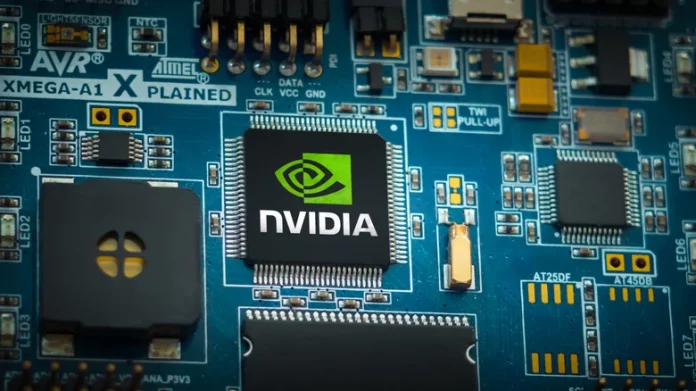Nvidia’s Titan series once represented the pinnacle of PC graphics performance — a dream lineup for gamers, creators, and engineers alike. Combining brute force with near–Quadro-tier computational muscle, these cards blurred the line between gaming-grade hardware and professional workhorses. With massive VRAM capacities, powerful Tensor Cores, and deep-learning acceleration, the Titan cards brought workstation performance into the hands of enthusiasts.
The End of the Titan Era
The final entry in the lineup, the Titan RTX, launched in December 2018 at a staggering $2,499 MSRP. Built on Nvidia’s Turing architecture, it featured 4,608 CUDA cores, 72 RT cores, and 576 Tensor Cores, delivering up to 24 GB of GDDR6 memory with 672 GB/s bandwidth — all while consuming 280 watts of power. For years, it remained one of the most balanced GPUs ever designed, equally capable of AI model training, 8K editing, and ultra-high-end gaming.
But after the Titan RTX, Nvidia abruptly ended the Titan series. This decision wasn’t about performance—it was about positioning. By 2020, Nvidia’s GPU roster had become confusingly broad: GeForce for gaming, Quadro for workstations, Titan for the “in between,” and Tesla/A100 for data centers. With overlapping specs and pricing, even experts struggled to choose the right card. Nvidia responded by simplifying its lineup: GeForce for consumers and RTX A/Blackwell series for professionals.
The 90-Series: Titans in Disguise
Many enthusiasts now consider Nvidia’s “90-tier” cards — like the RTX 3090, 4090, and upcoming 5090 — as spiritual successors to the Titan legacy. The resemblance is hard to deny. Both the Titan RTX and RTX 4090 offer 24 GB VRAM on a 384-bit bus, but the newer Ada Lovelace GPU leaps forward with 16,384 cores, 450W TDP, and support for DLSS 3.5 and DirectX 12 Ultimate. The raw performance difference is staggering — the 4090 outperforms the Titan RTX by over 100% in aggregate benchmarks.
While Titans catered partly to researchers and developers with AI acceleration features like NVLink and double-precision support, the GeForce 4090 strategically focuses on consumer performance. Nvidia effectively merged Titan-class performance into the gaming lineup, leaving professional users to the A100, H100, and B200 accelerators — successors that dominate modern AI workloads.
The Legacy Lives On
Despite its discontinuation, the Titan RTX still holds its own in 2025. Even in modern titles like Doom: The Dark Ages or Cyberpunk 2077, it can deliver impressive frame rates — especially when ray tracing is dialed back. Its vast memory and robust Tensor architecture make it viable for content creation, 3D rendering, and smaller-scale AI work, long after its release.
Nvidia’s strategy since has evolved from “more power” to “more segmentation.” The modern RTX 4090 and RTX 5090 now stand as the new gold standards for enthusiasts, while the professional landscape belongs to chips like the A100 Hopper and B200 Blackwell, engineered for large-scale AI training and scientific computation. The Titan name may be gone, but its DNA runs deep — from gaming rigs to supercomputing clusters.
A Name That Defined a Generation
In hindsight, Nvidia didn’t kill the Titan; it rebranded it. The Titan’s spirit — that blend of luxury, excess, and technological artistry — lives on through the cards that replaced it. Whether you’re gaming on a 4090 or training neural networks on a B200, you’re using hardware built on ideas the Titan series first embodied: uncompromised performance and innovation without boundaries.
So the next time your graphics card quietly hums under load, rendering worlds in real-time or crunching terabytes of data, remember the original Titan — the card that dared to be everything at once.





